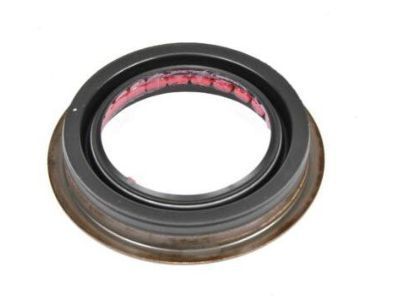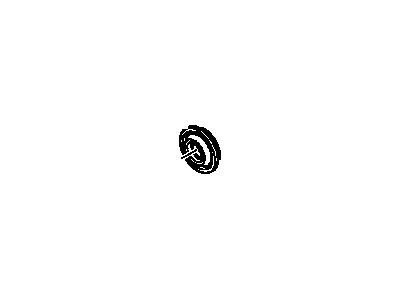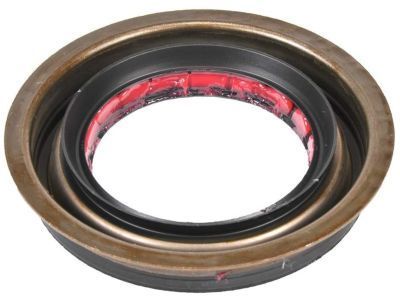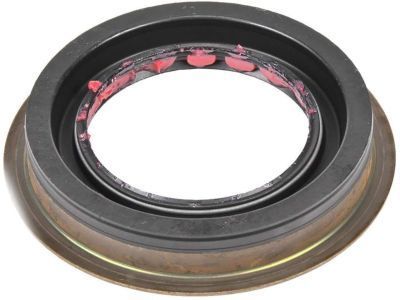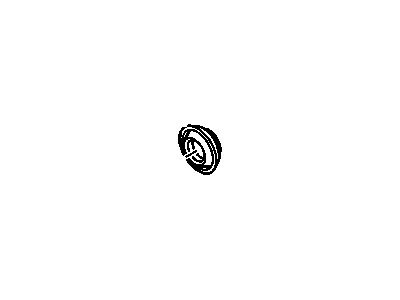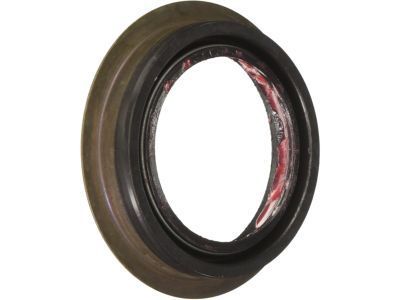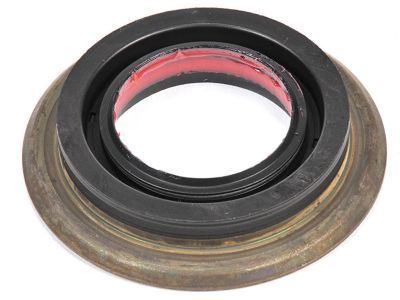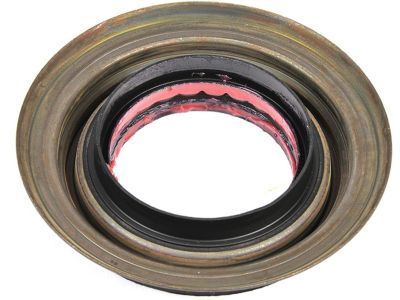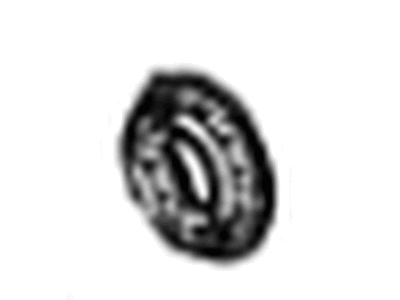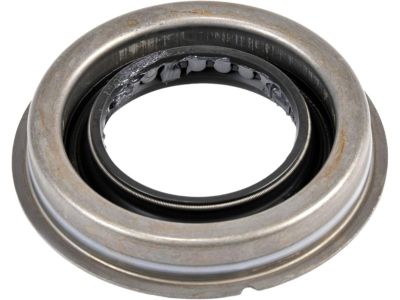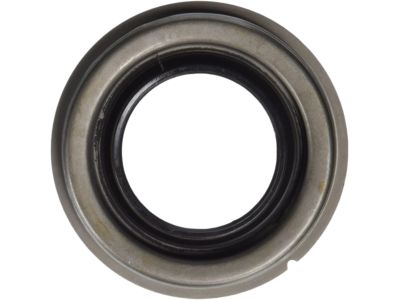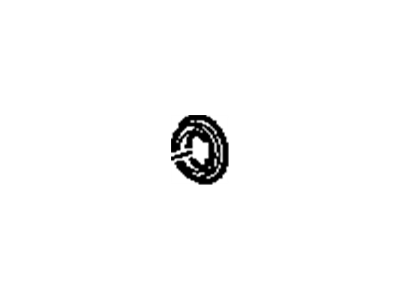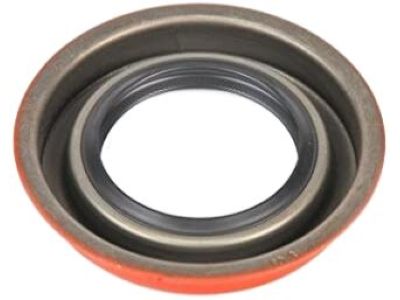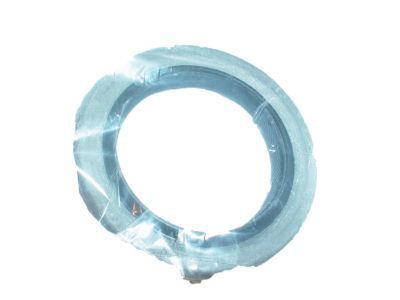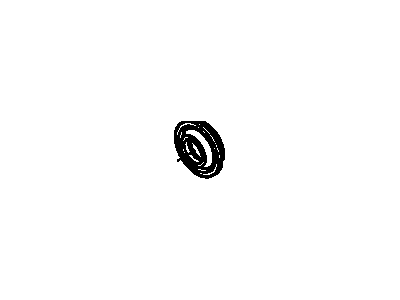
My Garage
My Account
Cart
Genuine Chevrolet Express Differential Seal
- Select Vehicle by Model
- Select Vehicle by VIN
Select Vehicle by Model
orMake
Model
Year
Select Vehicle by VIN
For the most accurate results, select vehicle by your VIN (Vehicle Identification Number).
10 Differential Seals found
Chevrolet Express Seal, Differential Drive Pinion Gear
Part Number: 26064029$26.61 MSRP: $44.04You Save: $17.43 (40%)Ships in 1-2 Business DaysChevrolet Express Seal, Differential Drive Pinion Gear
Part Number: 26064030$27.44 MSRP: $51.77You Save: $24.33 (47%)Ships in 1-2 Business DaysChevrolet Express Seal, Differential Drive Pinion Gear
Part Number: 26064028$28.59 MSRP: $47.33You Save: $18.74 (40%)Ships in 1-3 Business DaysChevrolet Express Seal, Differential Drive Pinion Gear
Part Number: 12471523$13.21 MSRP: $24.93You Save: $11.72 (48%)Ships in 1 Business DayChevrolet Express Seal, Differential Drive Pinion Gear
Part Number: 22943111$64.08 MSRP: $109.57You Save: $45.49 (42%)Ships in 1-2 Business DaysChevrolet Express Seal, Diff Drv P/Gr
Part Number: 84924145$64.08 MSRP: $109.57You Save: $45.49 (42%)Ships in 1-2 Business Days
Chevrolet Express Differential Seal
Each OEM Chevrolet Express Differential Seal we offer is competitively priced and comes with the assurance of the manufacturer's warranty for the part. Furthermore, we guarantee the speedy delivery of your orders right to your doorstep. Our hassle-free return policy is also in place for your peace of mind.
Chevrolet Express Differential Seal Parts Questions & Experts Answers
- Q: How to properly replace a differential seal and reassemble the components on Chevrolet Express?A:Loosen the rear wheel lug nuts, raise the rear of the vehicle, and support it securely on jackstands while blocking the front wheels to prevent rolling. Remove the wheels and disconnect the driveshaft from the differential pinion flange, fastening it out of the way. Rotate the pinion a few times by hand and use a beam-type or dial-type inch-pound torque wrench to check the torque required to rotate the pinion, recording the value for later use. Mark the relationship of the pinion flange to the shaft and count the number of exposed threads on the shaft. Use a chain wrench to keep the companion flange from moving while loosening the self-locking pinion nut, then remove the pinion nut. Withdraw the flange, using a two-jaw puller if necessary, and avoid prying or hammering behind the flange. Pry out and discard the old seal, then lubricate the lips of the new seal and fill the space between the seal lips with wheel bearing grease before tapping it evenly into position with a seal installation tool or a large socket, ensuring it enters the housing squarely and to its full depth. Install the pinion flange, aligning it with the marks made, and tighten the pinion nut to draw the flange into place without hammering. Apply a bead of RTV sealant to the ends of the splines visible in the center of the flange, then install the washer and a new pinion nut, tightening it until the recorded number of threads are exposed. Measure the torque required to rotate the pinion and tighten the nut in small increments until it matches the recorded figure, compensating for the drag of the new oil seal by tightening a little more until the rotational torque exceeds the earlier recording by 5 in-lbs. Finally, reinstall all previously removed components by reversing the removal steps and tightening all fasteners to their specified torque values.
Related Chevrolet Express Parts
Browse by Year
2024 Differential Seal 2023 Differential Seal 2022 Differential Seal 2021 Differential Seal 2020 Differential Seal 2019 Differential Seal 2018 Differential Seal 2017 Differential Seal 2016 Differential Seal 2015 Differential Seal 2014 Differential Seal 2013 Differential Seal 2012 Differential Seal 2011 Differential Seal 2010 Differential Seal 2009 Differential Seal 2008 Differential Seal 2007 Differential Seal 2006 Differential Seal 2005 Differential Seal 2004 Differential Seal 2003 Differential Seal 2002 Differential Seal 2001 Differential Seal 2000 Differential Seal 1999 Differential Seal 1998 Differential Seal 1997 Differential Seal 1996 Differential Seal
